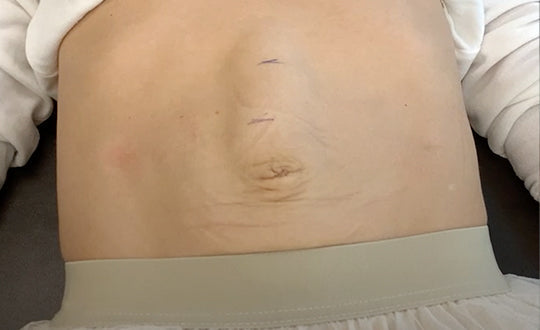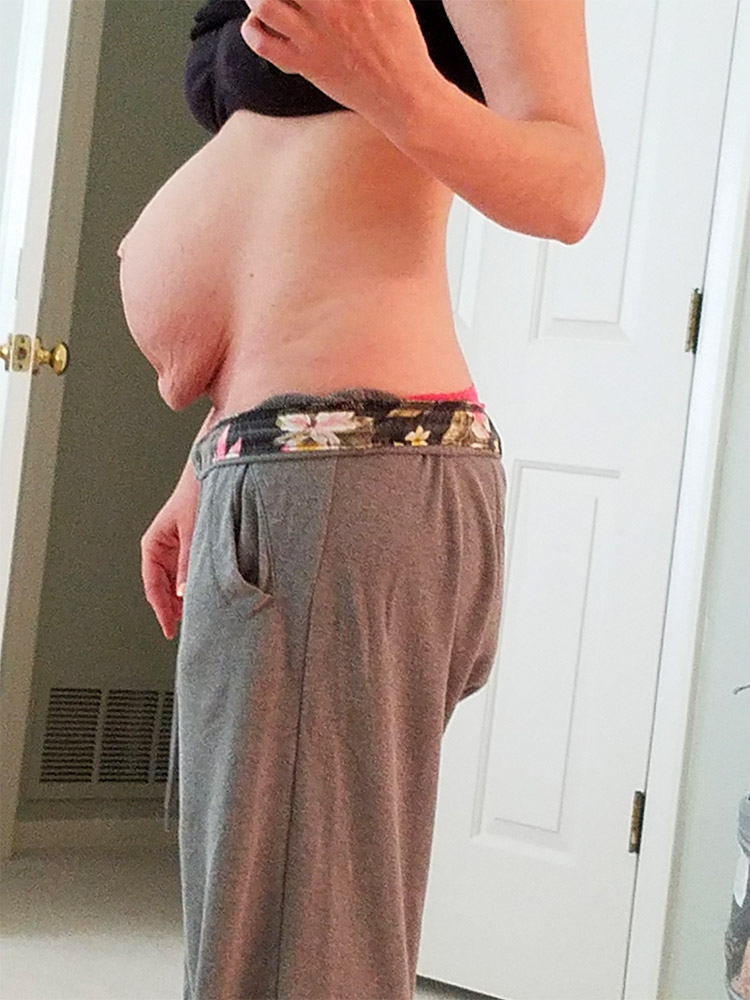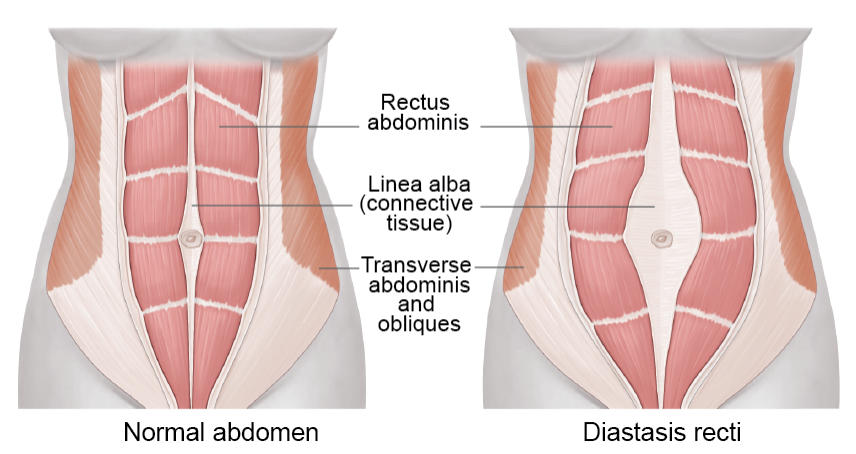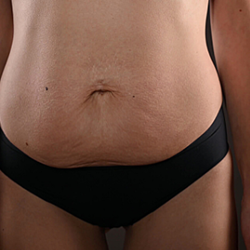Diastasis Rectus Abdominis & the Implications for Low back
4.8 (89) In stock

Participants who register for this course have the option to attend the course live and/or watch the recorded sessions later. The recording will be available to all registrants for a 2-week period after the course/each session. This allows participants who may not be able to attend the live sessions to still benefit fr
Participants who register for this course have the option to attend the course live and/or watch the recorded sessions later. The recording will be available to all registrants for a 2-week period after the course/each session. This allows participants who may not be able to attend the live sessions to still benefit from the course content.
To facilitate attendance tracking, please indicate on your registration form if you won't be attending live.
Description:
Impairments of abdominal wall anatomy and function have been implicated in multiple conditions associated with pregnancy and delivery including low back and pelvic girdle pain, urinary incontinence, pelvic organ prolapse and diastasis rectus abdominis (DRA). DRA is a common occurrence in pregnancy and postpartum, it does not completely recover in some, and the current evidence has not clarified the risk factors for this condition, nor provided direction for treatment.This online course is divided into two parts.
Part 1 will cover theoretical constructs and:
Present the current research evidence on the prevalence, risk factors known/not known, and the course of recovery of DRA,
Define and suggest a classification model for subgrouping women with DRA both for research and clinical practice,
Discuss the anatomical variations of the upper, middle, and lower abdominal wall, particularly the aponeurotic extensions of the lateral muscles in all three regions and how they form the linea alba,
Discuss the role of the abdominal wall in function of the thorax, lumbar spine and pelvic girdle,
Present the research (Lee & Hodges 2016) that led to a world-wide paradigm shift in the goals for training women with DRA (hint – don’t aim to close that gap!!)
Discuss the clinical findings that suggest that surgery is the best option for optimal recovery of both form and function of the abdominal wall
Discuss other demographics in which DRA is found
Part 2 will cover the practical constructs for both assessment, treatment, and training of DRA including:
Assessment of the three levels of the abdominal wall profile (in standing) and the response of all of the abdominals to a verbal ‘connect cue’ intended to recruit the deep system.
Video demonstration of the clinical tests for determining if the individual’s strategy for transferring loads through the thorax, lumbar spine, and pelvic girdle is optimal (i.e. is their motor control strategies and force closure mechanisms optimal for function),
Clinically reasoning of the load transfer test findings to determine which level/region of the abdomen (upper, middle lower) requires further assessment,
How to evaluate the lateral and midline abdominal muscles as well as their connective tissue connections to determine if the myofascial system can transfer loads. These tests consider the following parameters for function:
anatomical integrity
motor control
strength and endurance capacity,
A review of the current clinical thoughts on who should be referred for surgical repair and who should respond to treatment/training
The 3 stages of motor learning training (cognitive, associative, and automatic) for the abdominal wall and how to progress this training for strength, endurance, and function.
Audience: Open to anyone who trains women during and after pregnancy and is interested in evidence-informed training for the abdominal wall.
Prerequisites: None
Registration Form
DRA May 2024
Schedule
Date/Time: May 11, 2024, from 10:30am - 6:30pm ET (Toronto). Please convert to your local time zone.
Delivery Format
Live attendance is not mandatory for this online course. Enjoy a 2-week window to access and review the course recording, which is sent out on the next business day. We understand that life can be busy, which is why we offer you the freedom to access the course recording(s) during the time-limited viewing period.
Instructor
Diane Lee (BSR, FCAMPT, CGIMS)
Clinical Specialist in Women’s Health
Diane is a UBC graduate in the field of rehabilitation medicine. She is a fellow of the Canadian Academy of Manipulative Therapy (CAMT), a certified practitioner of intramuscular stimulation (Gunn IMS), and certified by the Canadian Physiotherapy Association as a clinical specialist in Women’s Health. She was an instructor and chief examiner for CAMT for over 20 years. Diane is also the owner, director, and a practicing physiotherapist at Diane Lee & Associates, a private multi-disciplinary physiotherapy clinic in South Surrey, BC, Canada. In addition, she is the principal instructor of Learn with Diane Lee (www.learnwithdianelee.com).
She has been a keynote speaker at many conferences, has contributed chapters to several books, and self-published the book Diastasis Rectus Abdominis – A Clinical Guide for Those Split Down the Middle (www.learnwithdianelee.com). Her book, The Pelvic Girdle, was first published by Churchill Livingstone in 1989, is now in its 4th edition (2011), and has been translated into multiple languages. The new edition of The Thorax – An Integrated Approach was released in 2018 by Handspring Publishing. She holds the North American patent for two sacroiliac belts, The Com-Pressor, and The Baby Belly Pelvic Support. With respect to research, she continues to investigate the behaviour of the abdominal wall in women with diastasis rectus abdominis.
Additional Dates This Course Is Offered
DRA October 2024

What is Diastasis Recti? Postpartum Abdominal Separation

Sydney Friesen CAT(C) - Erie Shores Rehabilitation

Diastasis Recti Surgery Diastasis Recti Correction Los Angeles

Diastasis Recti Surgery Diastasis Recti Correction Los Angeles

Diastasis Recti: What to Do? — Ellie Herman Pilates

Zlatko Alimpic PT, DPT

Kids Physio Oakville - Expert and Trusted Physio for Kids

Book Online Embrace Wellness

A): LA: linea alba; (B): RA: rectus abdominal muscle; (C): AL

Salus Manual Therapy, About

About - Inspire Mouvement

The relation between low back pain (LBP)/pelvic pain (PP) and rectus

Diastasis Rectus Abdominis and the Postpartum Core - APTA Pelvic Health

Diastasis Recti Singapore, Recti Muscles
Diastasis Rehab Splint® Day Wear (Regular & Short Torso)*
NEW Bellefit Postpartum Dual Closure Girdle sz Medium
Diastasis Recti Surgery Diastasis Recti Correction Los Angeles
How to Tell If You Have Diastasis Recti: Symptoms and Treatment





